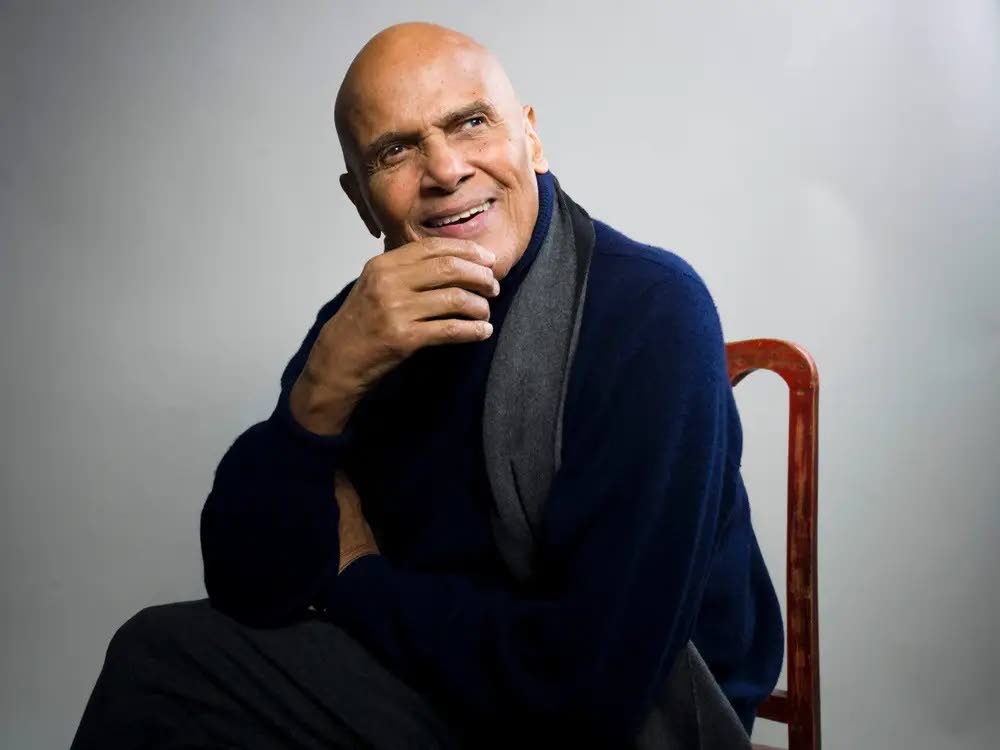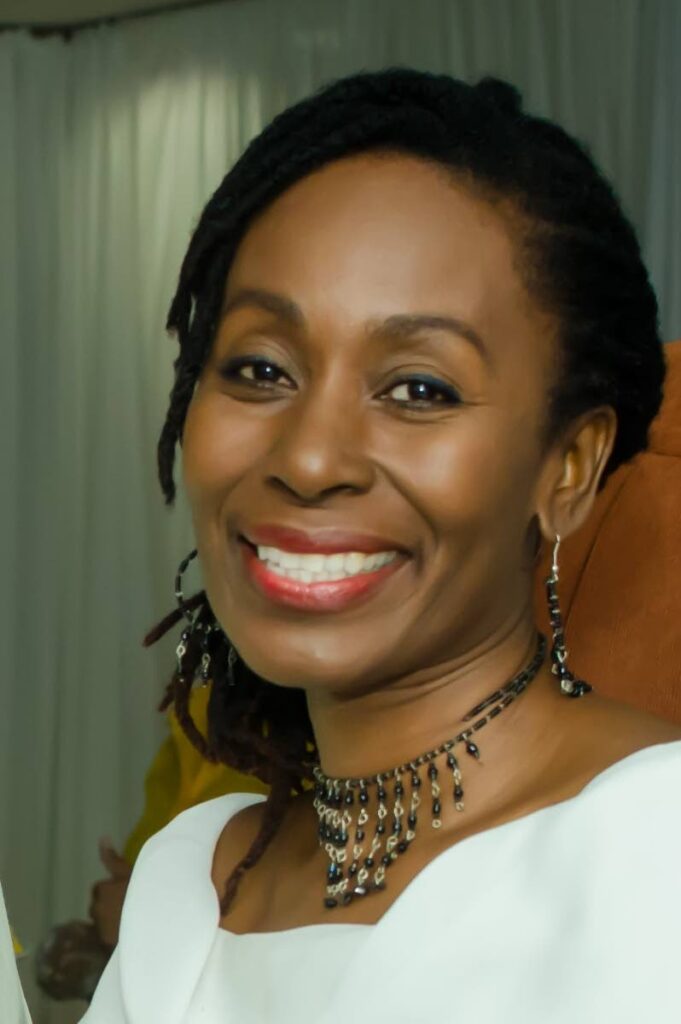Chatting with artists from the past

Culture Matters
“It is necessary . . . to learn the skill very well, to have very strict self-discipline and above all to have love, to feel a great love for painting.”
Frida Kahlo, Mexican painter, 1907-1954
On hearing that Harry Belafonte transitioned, it struck me that I did not know very much about his life. I was amazed to read of his activism against racism, his breadth of experience as a performing artist and the fact that he used his international profile to benefit young people and budding entrepreneurs in the African-American community.
To be honest, what I knew about Belafonte was limited to the criticisms surrounding how he benefited financially and otherwise from calypso and Caribbean culture. Colin Williams, a local photographer based in the US, shared an image that he had taken with the iconic man. I stared at the photo, marvelling at the strength lifting off the screen, acutely aware that I understood little of Belafonte’s entire legacy.
In moments like these, I often wonder what it would be like to go back in time and meet such famous artists. What lessons could their own struggles teach about charting our paths as artists? This idea of straddling time has long fascinated human beings. In fact, indigenous and ancient belief systems see time as a continuum rather than a linear reality. In such interpretations of the universe, people in the present can communicate with those who are no longer in this realm, just as comfortably as they can share messages with the unborn. In literature and film, it is increasingly common to see experiments with concepts of time and how knowledge of the past or future can change your life.
So, amid the murder, mayhem and general confusion in our society, I thought you would appreciate a relaxed exploration of some famous, deceased artists I would like to meet.
High on my list is George Bailey. Imagine being there in the 1950s as he conceptualises the ground-breaking Relics of Egypt. Now that I am more aware of the intimate connection between masquerade and spirituality, I would respectfully whisper to him “Mr Bailey, before you play a mas like this, yuh have to do the correct rituals for the ancestors eh.”
I also would have loved to meet the larger-than-life Holders, Geoffrey and Boscoe. I wonder if they knew that they were dancing, rippling their bodies, painting and performing themselves into history? As with Miles Davis who I really wanted to see perform, I always imagine that I would end up tongue-tied if I tried to speak to them. As one young lady joked during a recent celebration for Carol Burnett’s 90th birthday, after preparing thoughtful notes, all she could manage when she finally met Ms Burnett was, “you’re so good.”

Josephine Baker was an African-American who survived racism, poverty and other challenges to emerge as a revered star in France during WWII. Initially, she became famous because of her sexually provocative performances, particularly the banana dance. I have always been conflicted about that dance. Did Josephine deliberately manipulate race and class prejudice, as well as negative views on the sexual morals of people of African heritage? Or did she fall victim to the caricature of black talent to become famous? I would have liked to talk to her about that (and learn some of her moves of course). As her career progressed, Ms Baker became an activist, incorporating messages to the French resistance in her songs and later, supporting the 1960s Civil Rights Movement.
There are other creatives I would have liked to chill out with – Marley, Coltrane, Maya Angelou, Dickens, Frida Kahlo – and many others who impacted the world with their talent but were often misunderstood. It is true, while others work, we play through our work. Our talents bring joy and perspective. Yet, we are still not afforded the level of respect consistent with our impact. Nationally, we require an enabling environment, one that provides opportunities for financial stability, entrepreneurship support, healthcare and services for older artists.
It is said that Harry Belafonte was motivated by a simple rule of Paul Robeson, another pioneering performer. That is, creative people should always be “gatekeepers of truth.” I am grateful to those artists from previous eras who focused on the truth, pushed through the challenges and simply, did the work. They motivate and inspire me still and I wish them peace.
Dara E Healy is a performance artist and founder of the Indigenous Creative Arts Network – ICAN.


Comments
"Chatting with artists from the past"